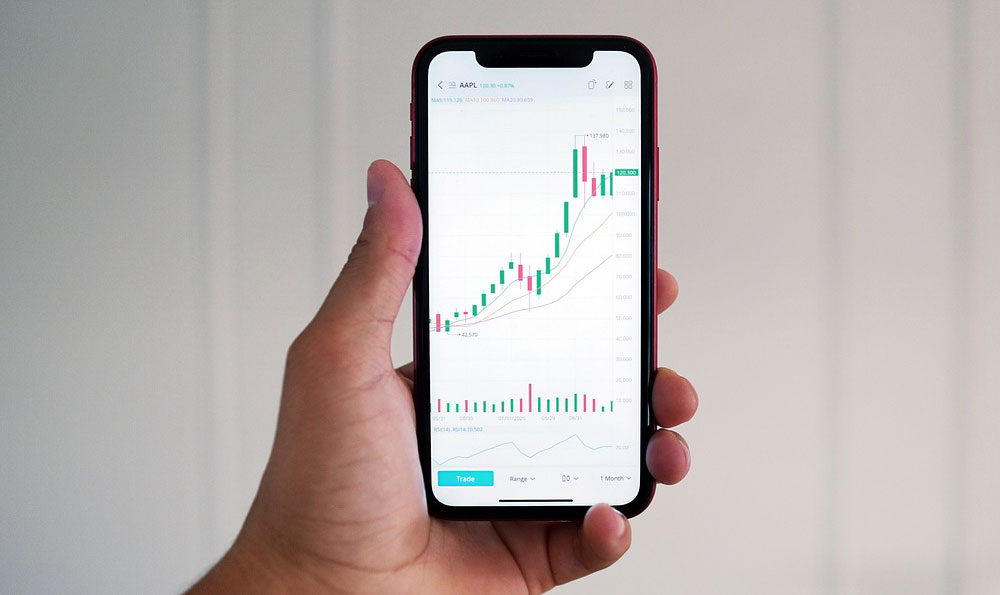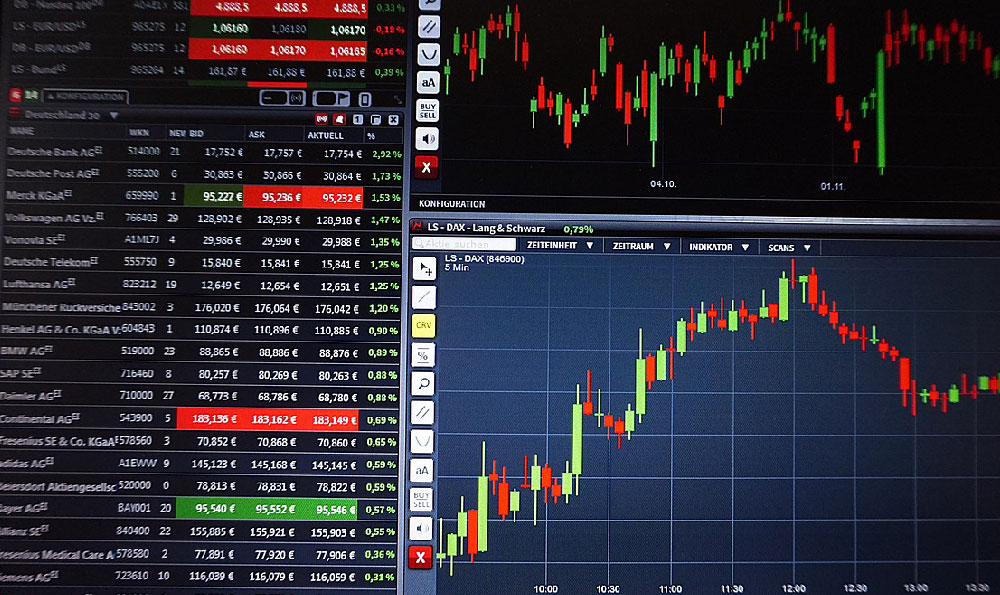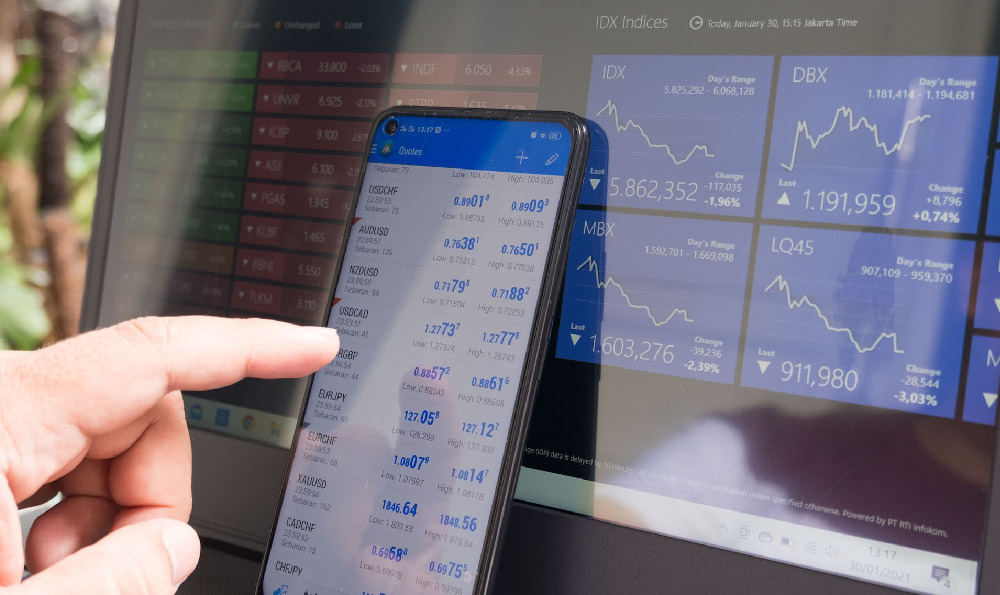DoorDash has rapidly become a prominent player in the gig economy, offering individuals the opportunity to earn income through delivering food and other goods. However, the question of how much one can really make on DoorDash, and whether it's truly worth the effort, is complex and lacks a straightforward answer. The reality is nuanced and hinges on a multitude of factors, ranging from location and time of day to vehicle efficiency and individual work ethic. To truly assess the profitability and feasibility of DoorDashing, one must delve into these variables and understand how they interplay.
One of the most significant determinants of potential earnings on DoorDash is location. Metropolitan areas with dense populations and a high volume of restaurants and businesses typically offer more delivery opportunities and, consequently, higher earning potential. Conversely, rural areas with limited restaurant options and sprawling distances may result in fewer delivery requests and lower overall income. The demand in specific neighborhoods also plays a crucial role; areas with a large student population or office buildings often experience surges in orders during lunchtime and dinnertime, creating lucrative windows for Dashers. Therefore, a prospective Dasher should carefully analyze their local market to gauge the potential demand and competition before committing to the platform. Understanding which areas consistently offer high-paying orders and prioritizing those locations can significantly impact earnings.
The time of day and day of the week are also critical factors influencing profitability. Peak hours, such as lunch and dinner rushes, and weekends typically generate the highest demand and often come with bonus incentives offered by DoorDash to incentivize drivers during busy periods. Dashing during off-peak hours may result in fewer orders and lower earnings. Savvy Dashers strategically plan their schedules to maximize their availability during these high-demand periods, effectively increasing their hourly rate. Furthermore, special events, such as sporting games or concerts, can create temporary surges in demand near the event venues, presenting opportunities for increased earnings. Monitoring local events and adjusting one's schedule accordingly can be a proactive approach to maximizing income.

Beyond external factors, the efficiency and work ethic of the individual Dasher also contribute significantly to their earnings. Efficient route planning is paramount. Using GPS navigation tools, optimizing routes to minimize travel time, and clustering deliveries when possible can significantly improve the number of deliveries completed per hour. Fuel efficiency is another crucial consideration. Choosing a vehicle with good gas mileage or utilizing alternative transportation options like electric bikes in suitable urban environments can reduce operating costs and increase net earnings. Maintaining a clean and organized vehicle can also improve efficiency by minimizing delays and ensuring a positive customer experience, potentially leading to higher tips.
Furthermore, a strong work ethic and dedication to providing excellent customer service can translate into higher earnings through increased tips and repeat customers. Prompt and courteous delivery, attention to detail in fulfilling customer requests, and proactive communication regarding potential delays can all contribute to a positive customer experience. Building a reputation for reliability and professionalism can foster customer loyalty and lead to more frequent and generous tips. Some Dashers even go the extra mile by providing small gestures of goodwill, such as offering condiments or napkins, to enhance the customer's overall experience.
However, it's crucial to acknowledge the expenses associated with DoorDashing, which can significantly impact net earnings. Fuel costs, vehicle maintenance, insurance, and self-employment taxes must all be factored into the equation. Regularly tracking mileage, expenses, and income is essential for accurate accounting and tax purposes. Failing to account for these expenses can lead to an overestimation of actual profits and potential financial surprises during tax season. Furthermore, the wear and tear on one's vehicle should not be underestimated. Frequent deliveries can accelerate depreciation and necessitate more frequent maintenance, which can add up to a substantial expense over time.
Moreover, it's important to be aware of the potential downsides and risks associated with DoorDashing. The inconsistent and unpredictable nature of the work can make it challenging to budget and plan finances. Relying solely on DoorDash income can be risky, as earnings can fluctuate depending on demand, competition, and unforeseen circumstances. Furthermore, the physical demands of the job, including long hours of driving and potential exposure to traffic accidents, should be considered. Having alternative income sources or a financial safety net can provide a buffer against these uncertainties.
Finally, whether DoorDashing is "worth it" is a subjective question that depends on individual circumstances and priorities. For some, it may be a valuable source of supplemental income or a flexible way to earn money while pursuing other goals. For others, the low pay, high expenses, and unpredictable nature of the work may not be worth the effort. Ultimately, the decision to DoorDash should be based on a careful assessment of one's financial needs, personal preferences, and the specific market conditions in their area. Thorough research, realistic expectations, and a commitment to efficient and professional service are essential for maximizing earnings and determining whether DoorDashing is a worthwhile endeavor. Diversifying income streams and exploring other gig economy opportunities may also be prudent strategies for mitigating risk and enhancing financial security.












